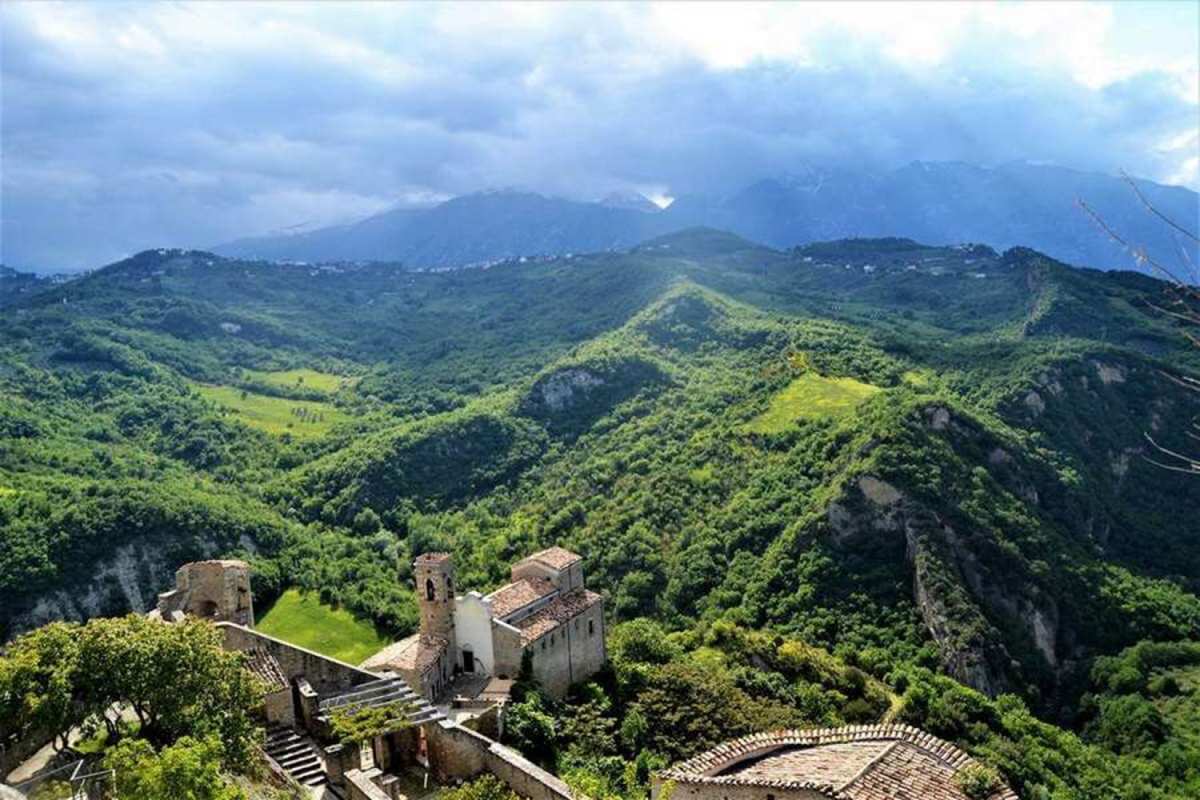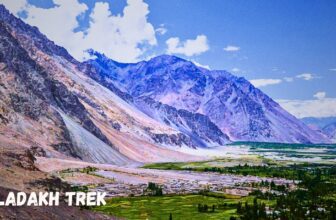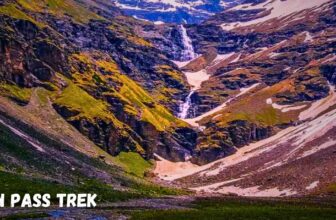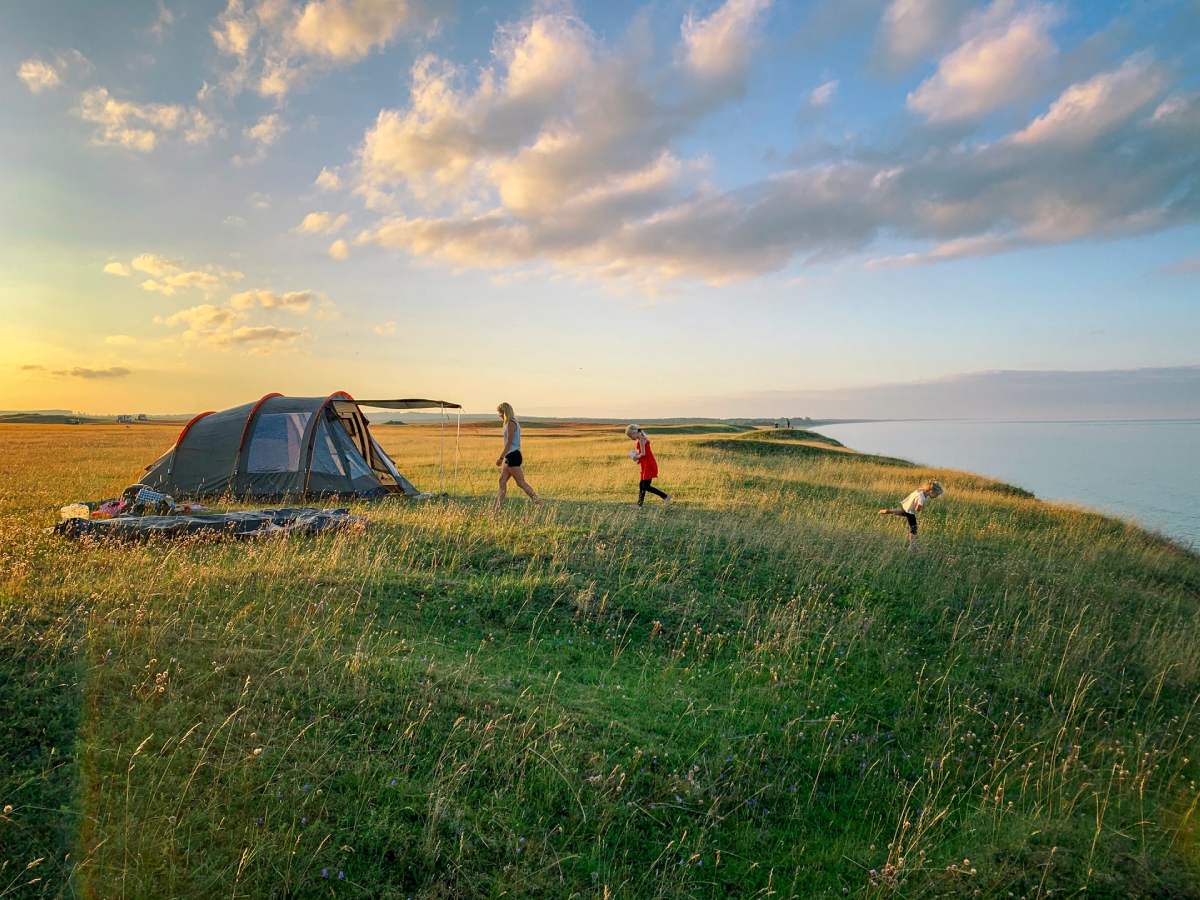
Getting a solid rest is not always the easiest thing to accomplish while camping, especially if you are a beginner. However, it is not impossible. Several factors can play into you getting a comfortable night’s sleep in a tent.
Some of which include: proper tent placement, positioning, tent features, and choice of sleeping pads. So, let’s dive right in!
Choosing The Right Tent
Your choice of a tent is vital when comes to a comfortable night’s rest. Depending on the weather you’ll be camping in will determine the kind of tent you want.
During the hot summer months, it is best to have a 1-season or 3-season tent. This means they are designed lighter and with ample ventilation. These kinds of tents are not ideal for freezing or below-freezing temperatures.
If you are winter camping, you’ll want a 4-season tent with sturdier and heavier tent poles to withstand the snow and ice. They will also be warmer due to the thicker and more durable material. This kind of tent holds heat well, so for the summer months, it’s not a great choice.
Tent Features to Look For
The different features and amenities included in certain camping tents can make all the difference in sleeping in a tent. Below we will list some of the best features that a tent can have to help you sleep in a tent comfortably, especially on those stifling or hot nights.
Screen Room
Tents that provide a screen room, or screen porch, are phenomenal for summer camping. This feature allows for maximum air ventilation, additional sleeping room, and is a bug-free zone to sit in at night or let young kids play in. Airflow is key during hotter weather.
Screen rooms vary in size depending on the style and size of the tent you are getting. You can find some great options for tents with screen rooms here.
Dark Room
The dark room or black-out feature is convenient for those who enjoy sleeping in. What this feature does is block as much as 90 percent of sunlight from penetrating inside the tent. This allows for a deeper and longer sleep in a tent even past sunrise. Here is a dark room tent to learn more.
Windows and Air Vents
Again, air flow and ventilation through your tent are vital. Otherwise, you’ll be stuck with hot, stagnant air that will make you very uncomfortable. So, having multiple windows that will allow the tent to “breathe” is ideal.
Some tents also feature adjustable air vents that will be located on the base of the tent. These pull in the cooler air from the ground and will push the hot air up and out.
Size
Perhaps not so surprisingly, the size of your tent can make an astronomical difference. There is something immensely comfortable and enjoyable about having a lot of room when you’re sleeping.
Getting a tent larger than you need is very convenient not only for comfort, but for storing all your things, and sleeping an extra person or two. If you want to know more about what’s so great about large tents click here to check this article out.
Where to Pitch Your Tent
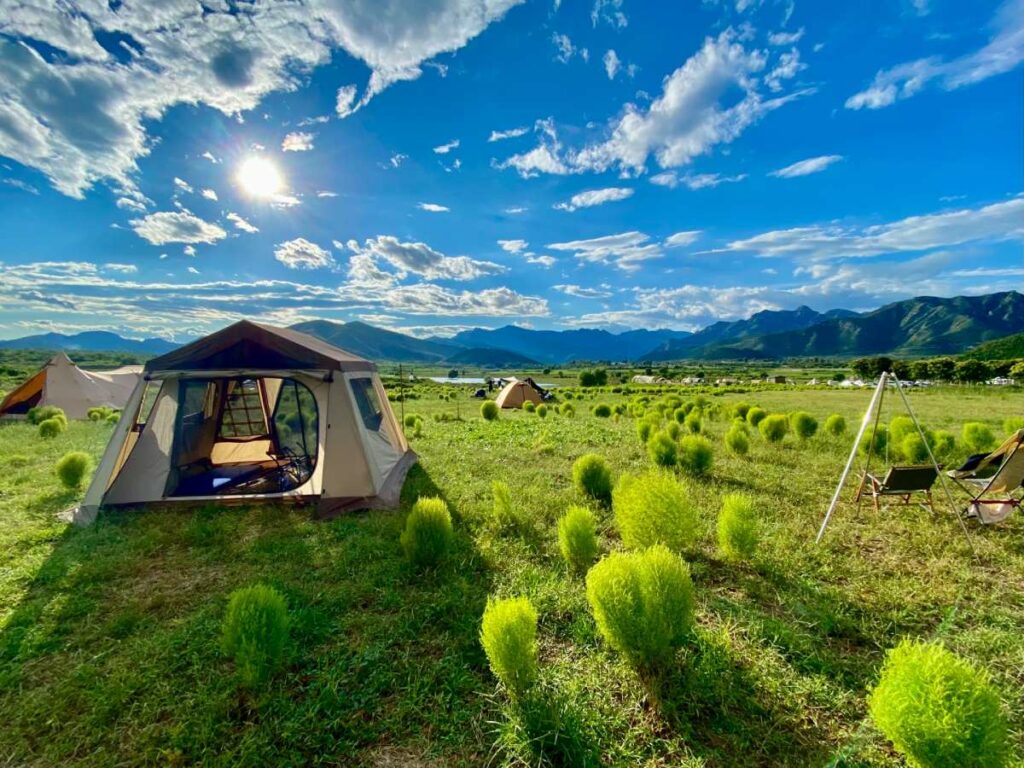
Picking the perfect place to pitch your tent can be hard, but it is another factor that will help improve your sleep in a tent. You’ll almost never find perfectly flat ground, but utilize the flattest ground you can. When trying to stay cool, you’ll want to be in the shade, close to water, and have your tent facing into the wind for air circulation.
Camp only on durable surfaces like grasses, soft-leaf plants, dirt, or sand. The spot you pick to set up your tent can really determine how comfortable you are when you go to bed for the night!
Picking the Right Sleeping Pad
The two main tent sleeping options are air mattresses with a bamboo bed sheet set and sleeping pads. They both have their pros and cons, so one may suit you better than the other. Let’s take a look at them.
Sleeping Pads
There is a vast variety when it comes to sleeping pads. They vary in thickness, material, size, and style. Some provide padding through the use of foam, and others are self-inflating through a valve.
Sleeping pads are great for backpacking especially because they fold up small, and are lightweight. They’re comfortable and provide insulation and protection from the hard ground.
Air Beds
A favorite choice for those weekend campers and people who enjoy staying at campgrounds. Air mattresses come in various sizes from twin to king. Most tents will clarify how many air beds can fit in them in terms like “fits 2 queen-sized air mattresses”.
They’re larger, bulkier, and take more time to set up, so air beds aren’t the best option for backpacking. You’ll need a way to blow them up and each one can vary. Some air mattresses come with an air pump, or you’ll need your own electric one, or use a manual pump.
Don’t Forget Sleeping Bags!
Another essential piece of gear you don’t want to forget is your sleep in a tent. Sleeping bags can be thin enough to be comfortable in the heat or insulated enough to withstand subzero temperatures.
Even if you feel like you won’t need a sleeping bag when summer camping, it is still essential to bring one. They can offer an additional layer of cushioning on your sleeping pad or air mattress. When you want to get a good night’s rest, you best not leave without it!
Final Thoughts
Sleeping in a tent can be far more comfortable than you think. When you plan and prepare ahead of time it will help to improve your ability to get a good night’s sleep. You don’t want to be testing out gear for the first time on the actual camping trip. Always go through what you have and what you need!
All it really takes is the proper choice of gear and where you pitch your tent. When you combine several of the tips we’ve provided above, we can near guarantee you’ll get an excellent night’s sleep in a tent.
Also Read:
11 Tips To Boost Your Camping Comfort


